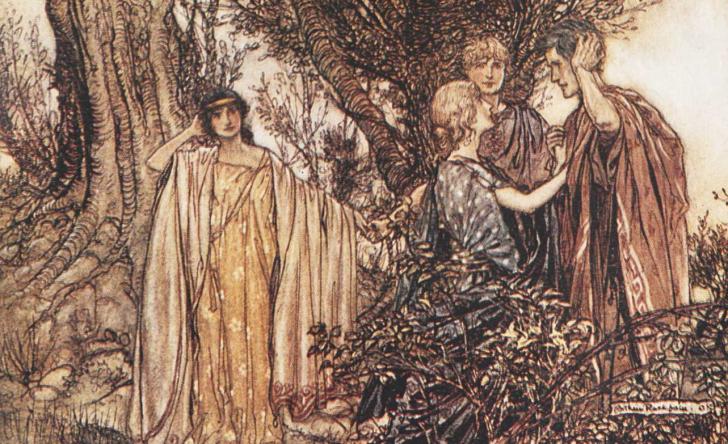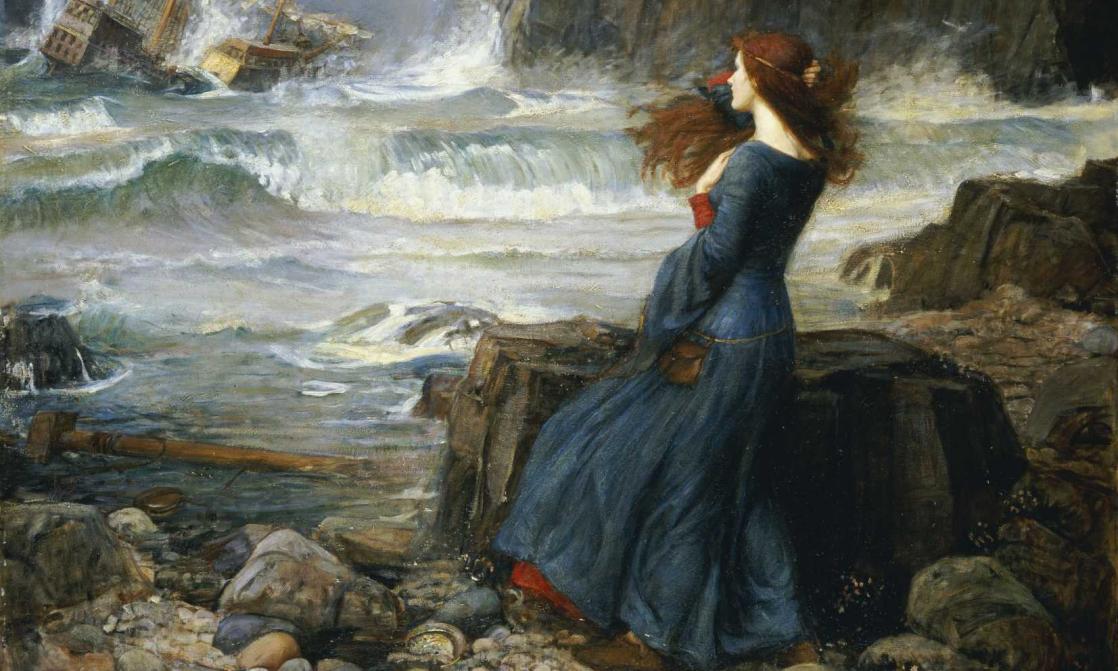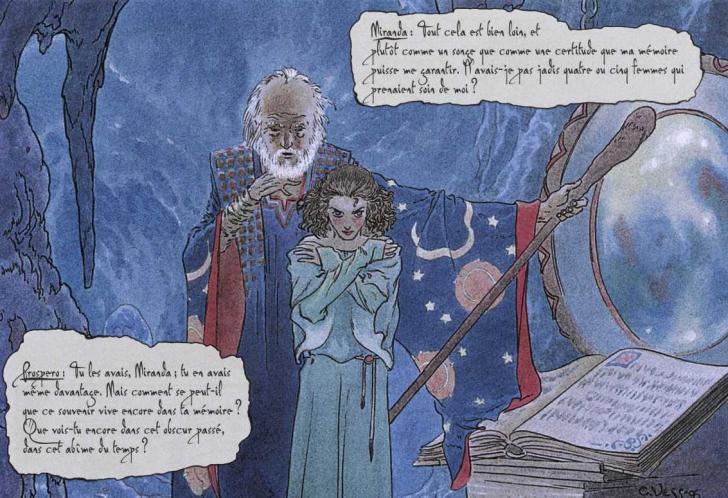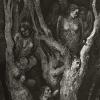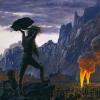Shakespeare and Fantasy: A Magical Story
While the Bard’s impact on English literature is long established, it so happens that many contemporary fantasy writers acknowledge their debt to Shakespeare, even if they sometimes turn him into a fictional character first.
Shakespeare: A Wellspring for Authors
The English poet and playwright William Shakespeare (1564-1616) occupies an uncontested spot at the summit of the western cultural pantheon. But he also represents a major influence for the fantasy genre, thanks in particular to two of his plays, written at opposite ends of his career, namely A Midsummer Night’s Dream (1595-96) and The Tempest (1610-1611). They mark the heights of his penchant for the supernatural (think of the witches in Macbeth, the ghosts in Hamlet and Richard III, etc.), although his writing pays constant tribute to the porosity between dreams, theatre, magic and life.
Two Magical Comedies
A Midsummer Night’s Dream presents an extravagant encounter between an enchanted Athens – where Duke Theseus is getting ready to marry Hippolyta, the Queen of the Amazons – and a magical forest, the realm of the fairies. Over the course of a single night, several love matches will be made or unmade. Four young people who have fled Athens for the forest will fall prey to the “shrewd and knavish sprite” Puck’s scheming, while a spell cast over the fairy Queen Titania makes her fall in love with a silly workman saddled with the head of a jackass. But everything comes out well in the end. In a play within the play, there is a hilariously awful performance of Pyramus and Thisbe, followed by a blessing from the fairies, who get the last word.
There are even more enchanted characters in The Tempest. Audiences are introduced to Ariel, a mischievous spirit, and to the monster Caliban. The latter is the son of the witch Sycorax, and he serves the magician Prospero. The magician has subdued the island where he washed up in exile after having been cast out of the Duchy of Milan. Often read through the prism of colonial theories, the play, which is both more far-reaching and more bitter than A Midsummer Night’s Dream, starts with a shipwreck and describes how Prospero eventually forgives those who wronged him, thanks, in large part, to his daughter, Miranda, who falls in love with Prince Ferdinand.
Shakespeare and the World of Faerie
Fantasy inspired by Shakespeare often postulates a bond between the Bard and Faerie, which he is believed to have had direct experience with. Neil Gaiman, who devoted two stories in his Sandman comics series (issues 19, from 1990, and 75, from 1996) to him, dreamt up a pact between the story’s hero, Dream, who rules over the world of dreams, and the English playwright. And as early as 1974, in a novel called A Midsummer Tempest, author Poul Anderson portrays an alternative world in which Shakespeare is the “Great Historian.” The Bard’s plays are non-fiction, and magical assistance from fairies is needed to fight against the earliest preludes to the Industrial Revolution.
In A Midwinter Morning’s Dream, a Corto Maltese adventure (in Celtic Tales, Hugo Pratt, 1980), the threat of a German invasion of England is what awakens Oberon, Puck and Morgan at Stonehenge. And finally, Garry Kilworth’s A Midsummer Nightmare (1996) describes a group of Shakespearian elves’ journey through today’s England, where they are devastated to see the iconic places of Celtic mysticism overrun by tourists.
Although they often try to get back to their folkloric roots, or to create a more threatening or authentic version of fairyland, those books are still tributes to Shakespeare’s creative powers. He was an indispensable link whose genius made it possible to transmit those traditions over the centuries to the present day.
